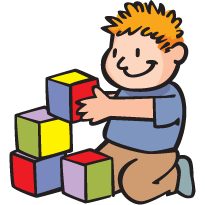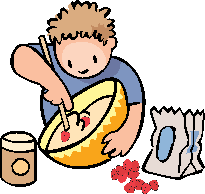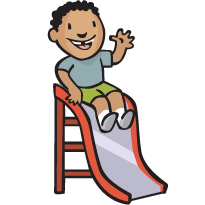Boston Children's Museum
308 Congress Street, Boston, MA 02210
617-426-6500
© Boston Children’s Museum 2025
Website Design by Jackrabbit
By observing buildings and construction sites, students can see the shapes, forms and materials used to create the structures we live, work and play in. Using dowels and rubber bands, your students will sharpen their engineering skills as they work together to create a series of structures. Working collaboratively, students will communicate with each other as they investigate the variables that affect their structure, test its sturdiness and improve upon their design.
VIEW ACTIVITY
Strawberries are an important (and delicious!) part of the summer harvest for the Wampanoag Tribal Nation. This activity introduces children to a recipe used by Native Americans in Massachusetts and across North America.
VIEW ACTIVITY
Design engineering is a great way to teach kids problem solving, teamwork, materials and tool use, and the design process in general. In this activity, your students will also investigate angles, trial and error, and will use their math skills as they keep score of their golf round.
VIEW ACTIVITY
Engineering challenges like this one help children develop problem solving, observation and teamwork skills and much more. In this challenge, your students will learn about properties of different materials and the transmission of sound as they work to develop a multi-line phone system with simple materials.
VIEW ACTIVITY
Engineering challenges like this one help children develop problem solving, observation and teamwork skills and much more. In this challenge, your students will learn about properties of different materials and the transmission of sound as they work to design working “telephones” using simple materials.
VIEW ACTIVITY
Building and perfecting their own spinning tops provides a great opportunity for children to develop the kinds of skills that are so important in engineering and science discovery—problem solving, estimating, observing and more. In addition, this activity offers kids a chance to learn more about variables—things you can change in a design or an experiment that will change the outcome of that experiment. For more on variables, see Suggestions.
VIEW ACTIVITY
With all of the expertise your students have gained working with tops, there is one more variable for them to experiment with—the weight of their tops. Will heavier or lighter tops spin longer? Only time (and some serious top-making) will tell!
VIEW ACTIVITY
Now that your students have experimented with some of the basic design elements of homemade tops, they can play around with a new variable — the width of the plate used to make their tops. Will a top made with a wider plate spin longer, not as long or the same amount of time as a narrower top?
VIEW ACTIVITY
Children get too few chances to experiment with materials and to design and build objects of their own creation. These Raceways and Roller Coasters activities allow your students these opportunities, and engage them on many different levels as well. Building these tracks and rolling marbles down them help children to develop problem-solving and teamwork skills and touch upon some basic principles of physics like energy, acceleration and momentum.
VIEW ACTIVITY
Children get too few chances to experiment with materials and to design and build objects of their own creation. These Raceways and Roller Coasters activities allow your students these opportunities, and engage them on many different levels as well. Building these tracks and rolling marbles down them help children to develop problem-solving and teamwork skills and touch upon some basic principles of physics like energy, acceleration and momentum.
VIEW ACTIVITY